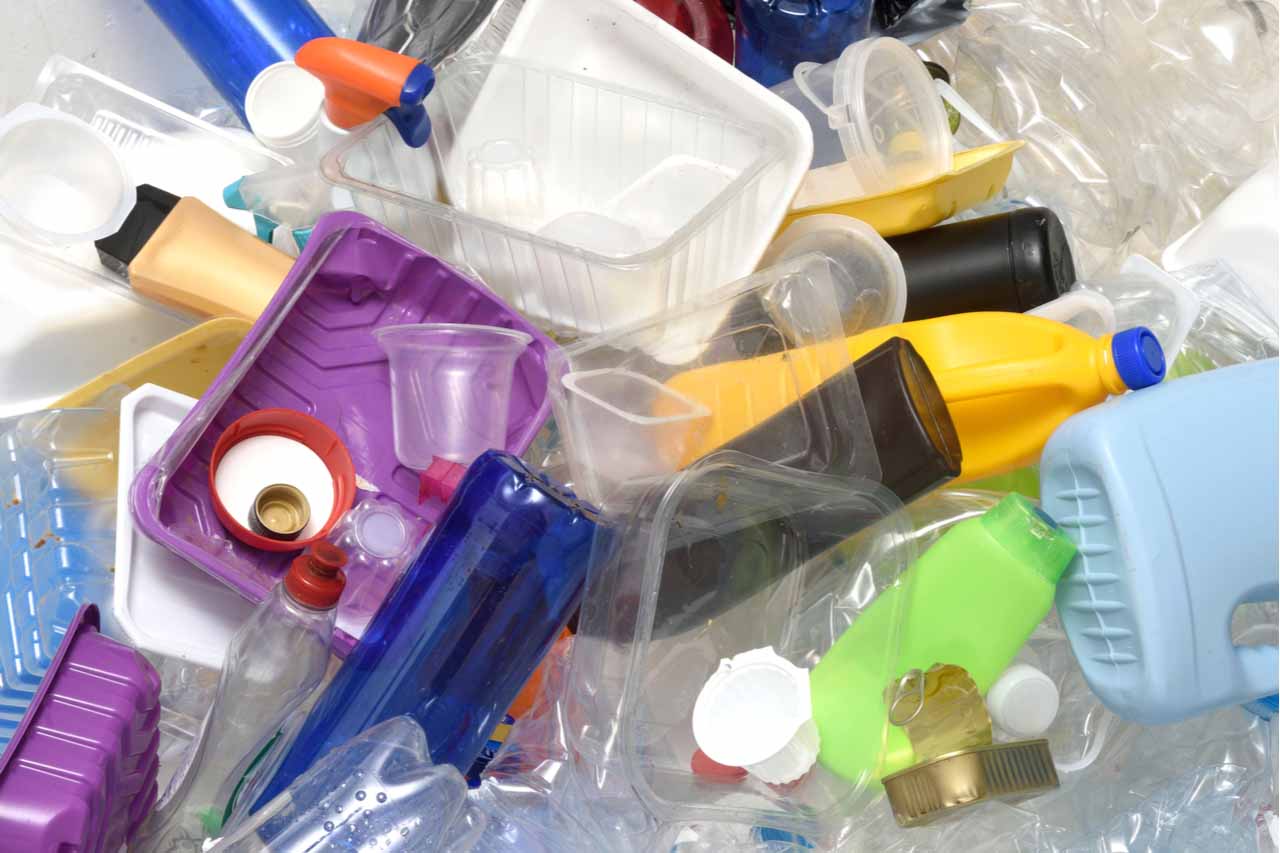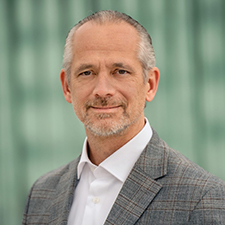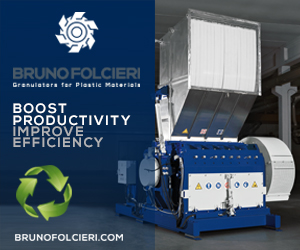
The leader of Cyclyx suggests recycling infrastructure will play a key role in effective plastics circularity. | Josep Curto/Shutterstock
Public support for recycling is nearly universal, yet today the U.S. is recycling less than it did in 2018. Only 6% of all plastic was recycled last year. This comes despite widespread attention on the vast amount of waste plastic that ends up in landfills and the ocean, harming wildlife and the environment.
The decline in plastic recycling makes no sense given widespread support but is easily explained: The recycling infrastructure in the U.S. is broken. If we want to recycle more and waste less, the country needs a completely new system to get the job done.

Joe Vallaincourt
Adding to the challenge, consumers are not well informed about what plastics can and cannot be recycled, what steps to take to recycle and where to do so. We need education, awareness and convenient support systems to help households and communities make more plastic recycling possible.
Lacking investment
Another issue with our current recycling system is access and investment. Recycling is a service that competes with local government funds for education, health and housing.
Recently, the U.S. EPA announced $375 million for recycling, reuse and waste prevention programs. That is a major down payment, but it will take years and many billions of new infrastructure investment dollars to change the system to have the desired impact.
The good news is there are technologies to recycle nearly all plastics. Leveraging traditional methods, such as mechanical recycling, and newer technologies, known as chemical recycling, there is almost no plastic we cannot recycle. This includes the hard-to-recycle plastics that currently end up in landfills.
But before we get to the recycling process, we need to change how we manage the stream of plastic waste, so that said waste can be used as feedstock, or source material, for the production of virgin-equivalent plastics.
Today, the recycling system in the U.S. is broken, and as a result, most plastic waste never has a chance of being recycled, and thus industry continues to make new virgin materials for the manufacture of plastics.
What’s missing is a system that diverts all plastic waste from landfills and a means to sort and identify the various recycling options and outlets where the plastic waste can be channeled.
Without this, our collective recycling efforts are more feel-good efforts than effective, and we will never be able to significantly increase the recyclability of plastic waste. If managed properly, plastic waste can be a meaningful resource for our industrial economy with positive impacts to our environment.
Finding a solution
Cyclyx, the company I am proud to lead, has developed a real-world solution. We have combined technical know-how, new supply chains, the design and development of new and unique processing facilities and a consortium-based business model to bring real change to the plastic recycling industry.
To provide the missing link in the system, Cyclyx is partnering with many companies across a broad set of industries and communities to access and capture all kinds of plastic waste, much of which is currently deemed non-recyclable. From there, we combine the power of our plastic characterization data, predictive modeling and unique recipe compounding to understand the composition of the plastic waste streams and identify the appropriate recycling outlet.
The access to plastic waste our consortium provides, combined with our innovative capabilities to analyze large volumes of plastic waste, allows us to divert more waste from landfills and into their best use, bridging the gap between recycling and waste management efforts – and bringing us one step closer to closing the loop on recycling and transforming plastic waste into a valuable resource.
Our goal is to recycle 90% of waste plastics. We recently launched an exciting effort, 10 to 90, a series of new take-back, education and engagement programs designed to divert more low-quality plastic waste from landfills into our system, where they can be recycled and turned back into valuable products.
The 10 to 90 initiative will be rolled out in collaboration with cities, retail establishments, corporations and universities in an effort to improve access and increase the recycling rate at the community level. If we can accelerate plastic recycling at the local level, we can raise recycling rates at the global level, improving the environment for all.
We can’t wait any longer for today’s outdated infrastructure to catch up. Scalable solutions like ours will enable us to take meaningful steps toward ending the global plastic waste crisis.
Joe Vaillancourt is the CEO of Cyclyx.
The views and opinions expressed are those of the author and do not imply endorsement by Resource Recycling, Inc. If you have a subject you wish to cover in an op-ed, please send a short proposal to [email protected] for consideration.



